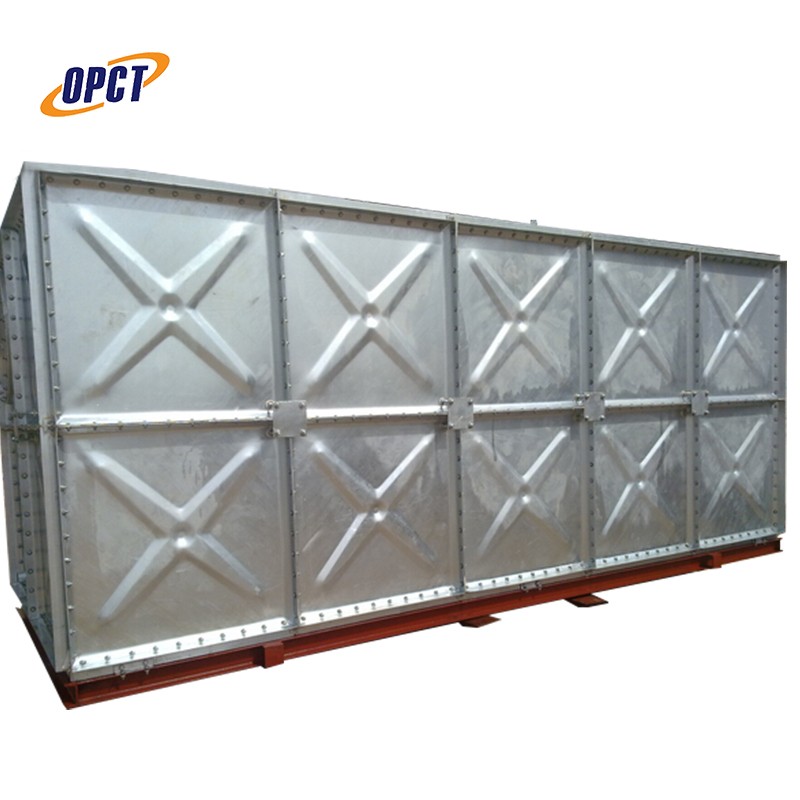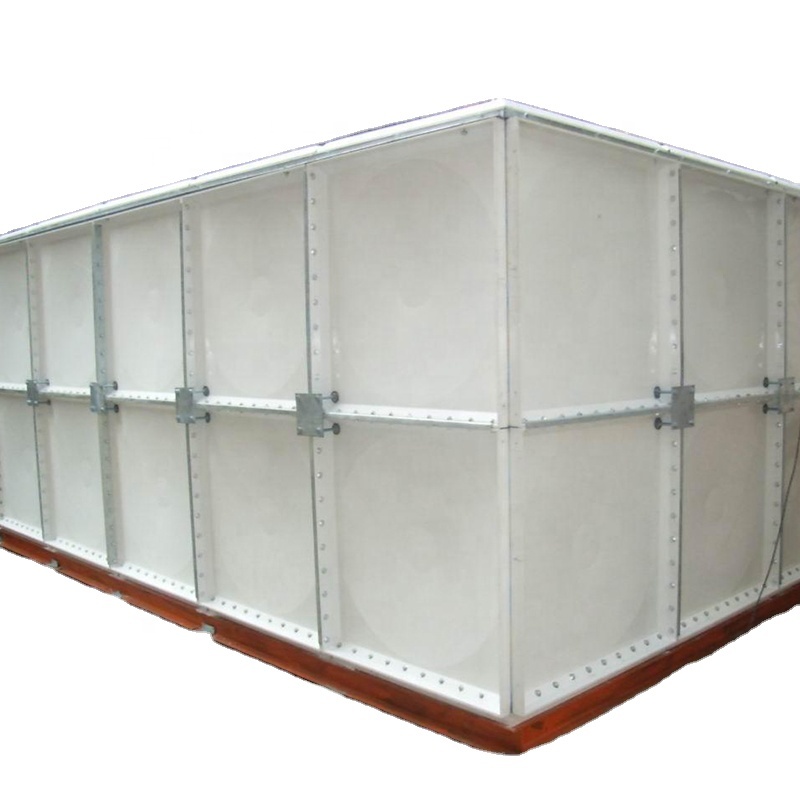Additionally, main tees help with aesthetics and acoustics. They create a uniform appearance for the ceiling, ensuring that tiles align and are evenly spaced. This alignment can significantly enhance the visual appeal of a room. From an acoustic standpoint, the grid structure allows for sound absorption materials to be easily integrated into the ceiling system, improving the overall acoustics of a space.
In residential settings, T-bar grids can also be utilized in basements, kitchens, and living areas, where aesthetic flexibility and utility access are beneficial. Homeowners appreciate the ability to customize their ceilings according to individual tastes and needs.
As sustainability becomes an increasingly important factor in design, hidden grid ceiling tiles can also contribute to greener building practices. Many manufacturers now offer tiles made from recycled materials or those that are designed to be energy-efficient. Additionally, the ability to integrate energy-efficient lighting within the ceiling system allows for better illumination while reducing energy consumption.


